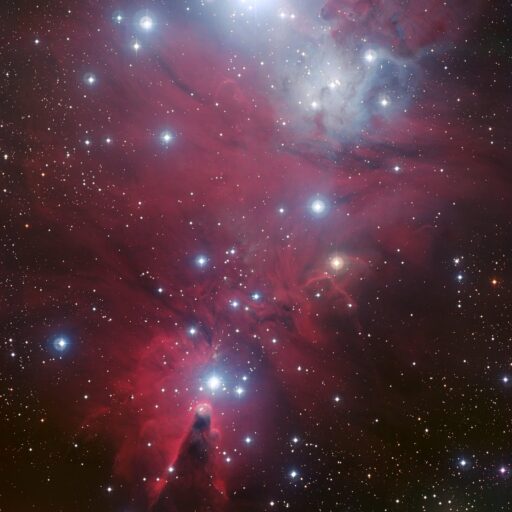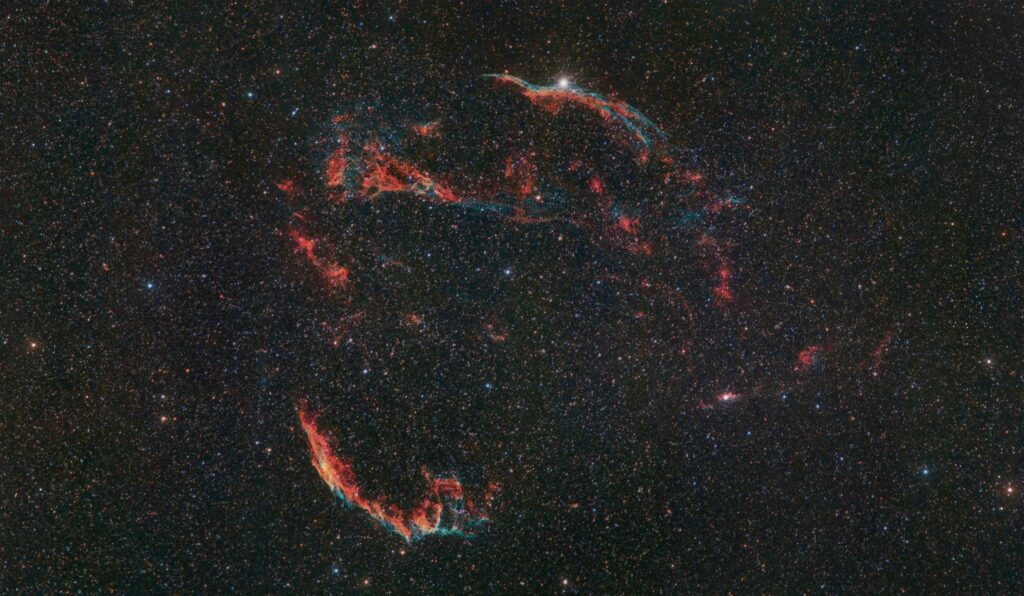Full spectrum conversion transforms a standard digital camera into a powerful tool for exploring the entire light spectrum. With the ability to capture UV, visible, and infrared light, photographers can create images that go beyond what’s visible to the human eye. Whether you’re interested in astrophotography, experimenting with creative effects, or working in scientific imaging, a full spectrum camera offers a new level of versatility and creative potential.

To fully capture the beauty of the night sky, especially deep red emissions from nebulae, astrophotographers turn to astro-modified cameras. This modification involves replacing the stock low-pass filter with one that allows more light to pass through—specifically in the deep red range—while blocking UV and near-infrared light. The result? A substantial increase in your camera’s ability to capture H-alpha light, the most important emission for nebulae imaging, along with other critical wavelengths like the Sulfur II line at 672nm.

